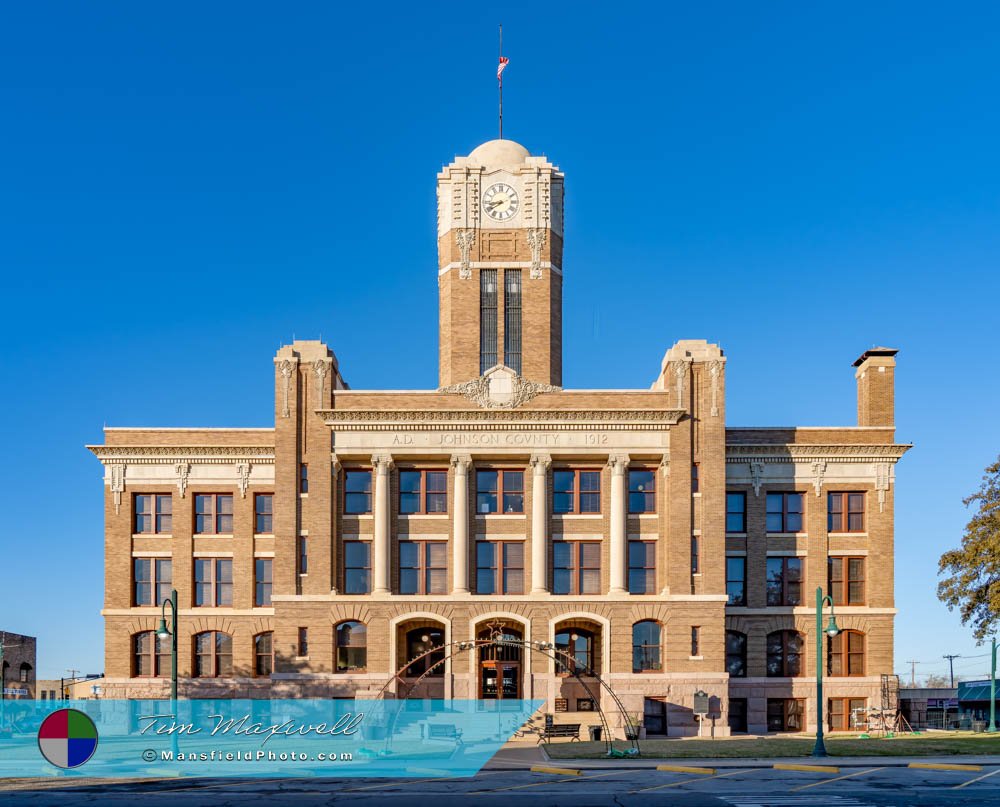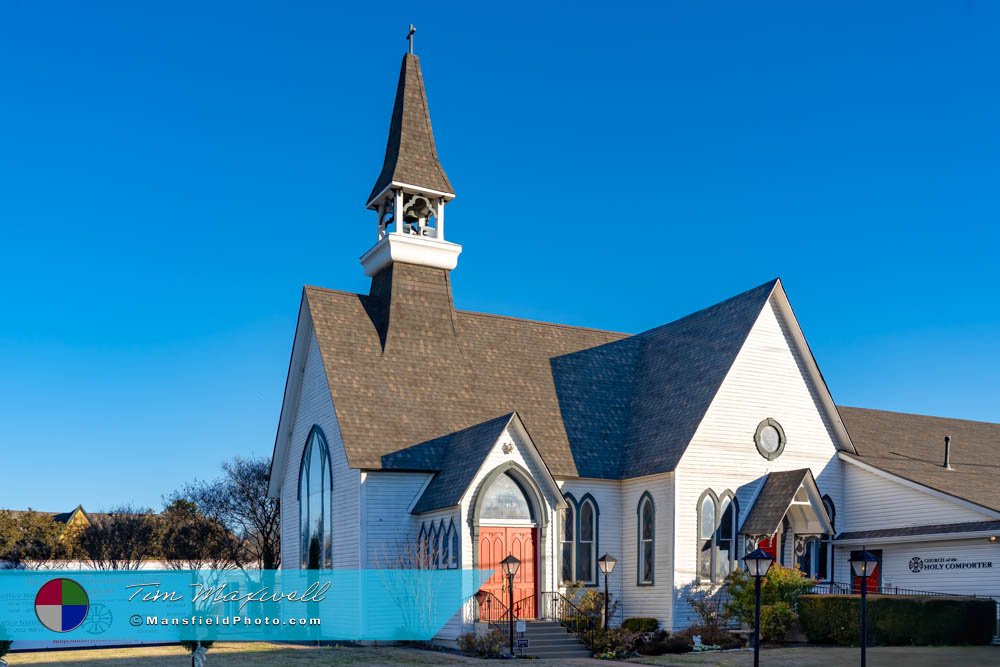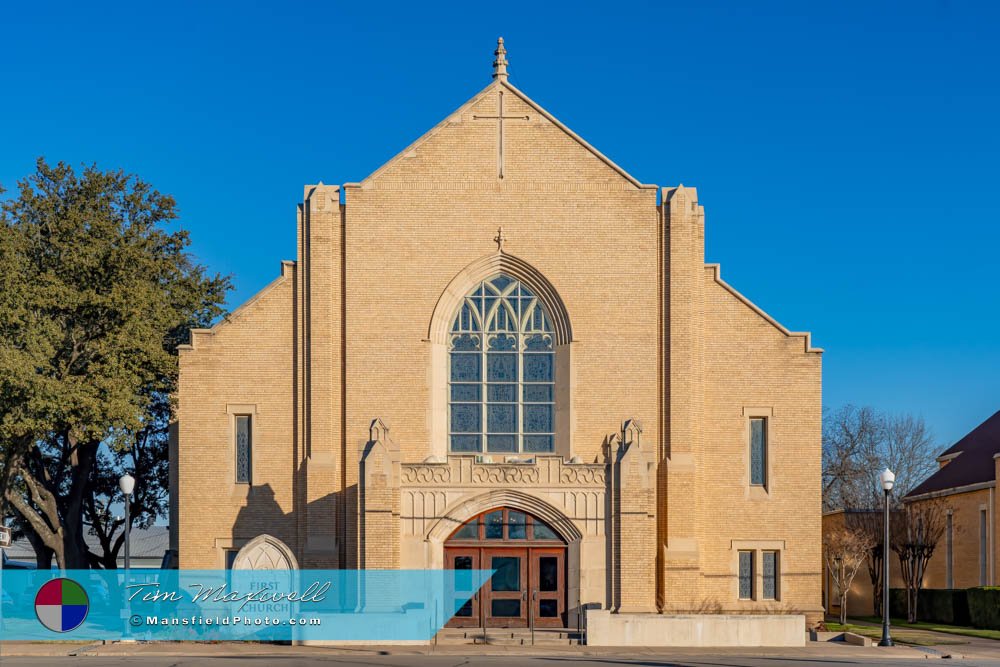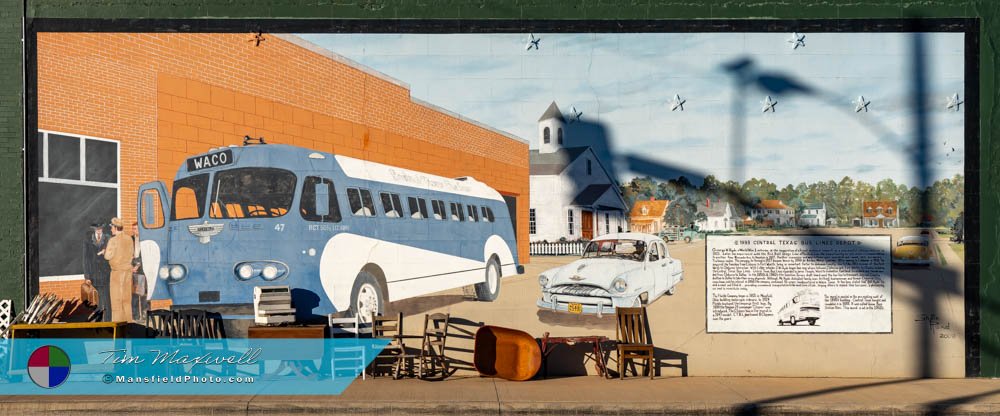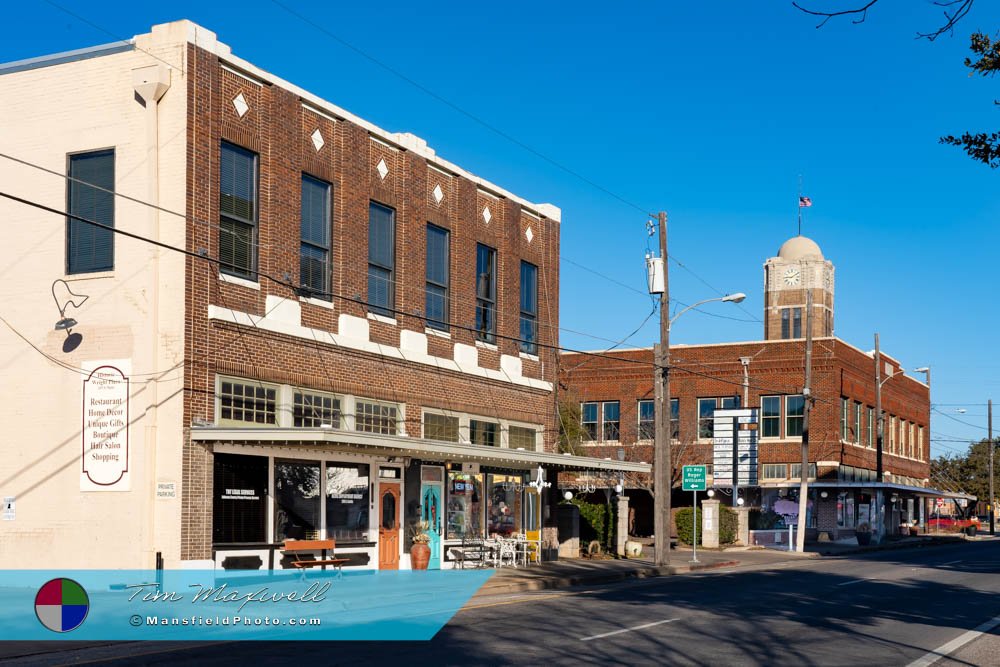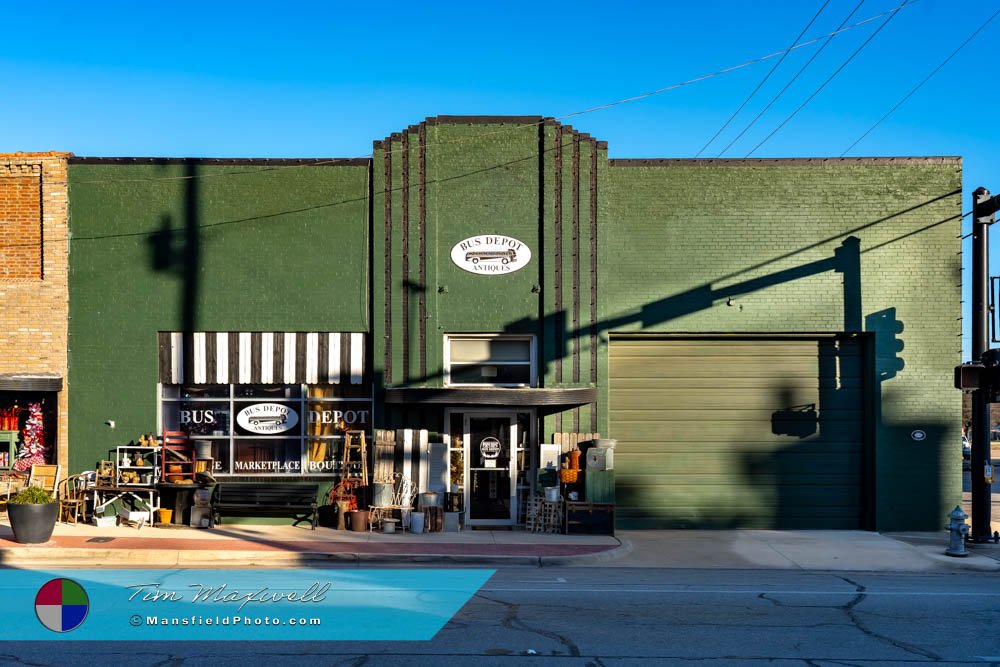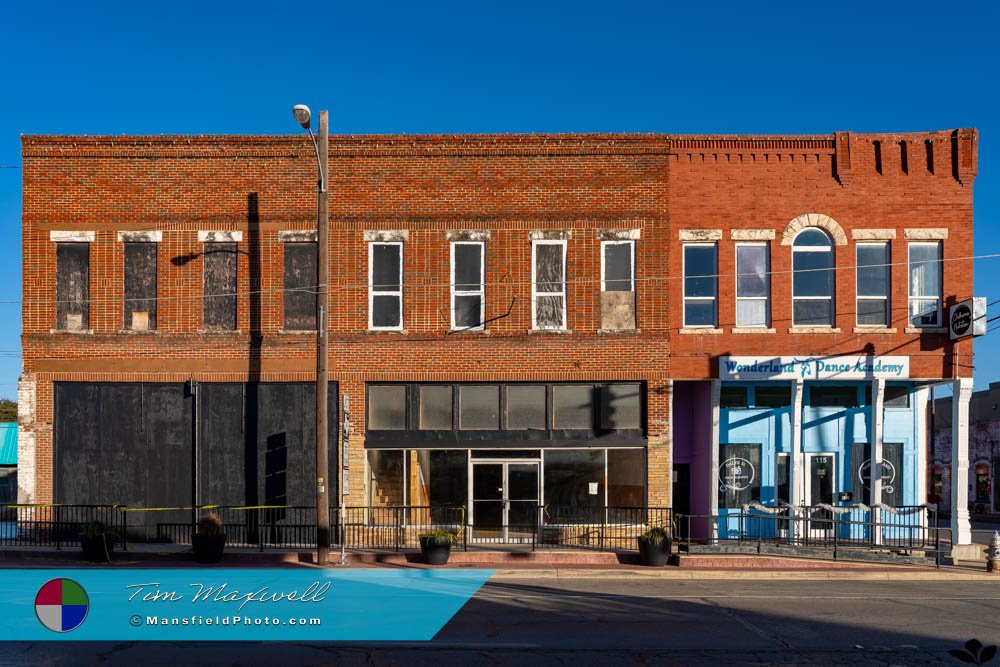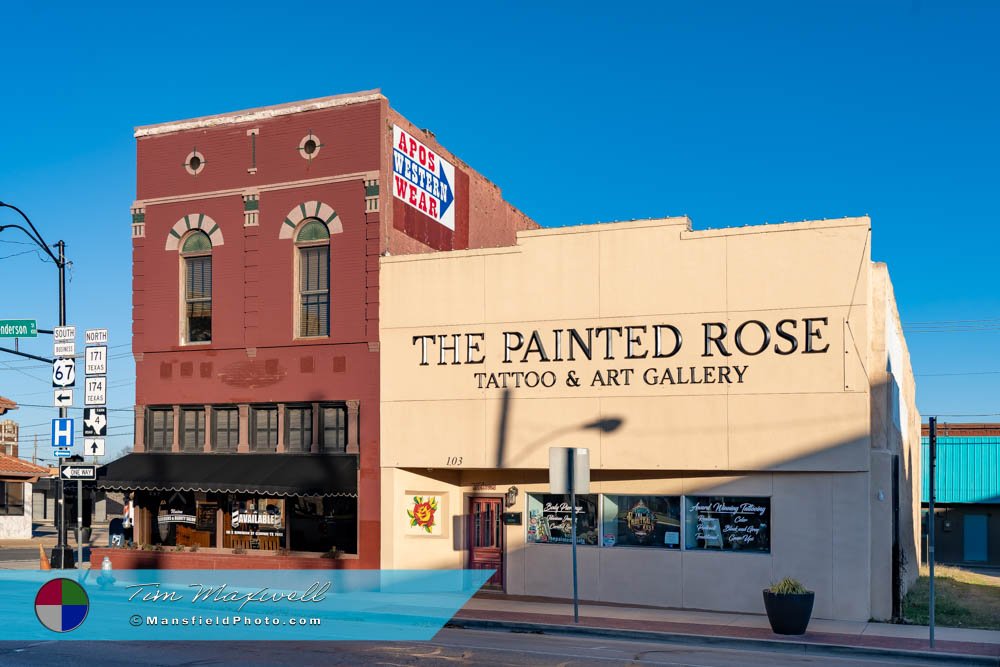Mansfield Photography
Cleburne, Texas
– The Enduring Legacy.
Cleburned was officially incorporated in 1871, but its roots stretch further back to the pioneer spirit that shaped much of Texas. The area was initially a hub for settlers who sought fertile land and proximity to vital water sources, such as the Nolan River. The town’s name honors Confederate General Patrick Cleburne, a notable figure from the Civil War who was admired for his military acumen. This naming reflects the period’s cultural and historical influences, as towns often looked to commemorate individuals of perceived significance.
A Historic Overview
In its early days, the settlement rapidly grew from a small cluster of farms into a bustling community. The arrival of railroads in the late 19th century catalyzed its development. By the 1920s, the population exceeded 12,000 residents, a remarkable number for what was still considered a small town. Railroads like the Gulf, Colorado, and Santa Fe brought commerce and connectivity, making the area a pivotal transit point in Texas.
One of the most notable landmarks from this period is the Johnson County Courthouse. Constructed in 1913, this striking structure is a testament to Classical Revival architecture. Designed by architect Otto Lang, the courthouse features a grand central dome surrounded by Ionic columns and ornate detailing. It serves not only as a center for county government but also as a visual centerpiece for the community.
Historic Churches: Foundations of Faith
Among the enduring historical sites is the Church of the Holy Comforter, consecrated in 1871. This Episcopal church is not only a place of worship but also a piece of living history. Its architectural design and stained-glass windows tell stories of faith and craftsmanship. Today, it continues to serve the community, bridging the gap between Cleburne’s early years and its modern identity.
Another significant house of worship is the First Baptist Church of Cleburne, established in 1869. Starting as a modest structure, it grew in prominence alongside the town. Together, these two churches represent the spiritual backbone of the town, offering a glimpse into its historical and cultural evolution.
Railroads and Economic Growth
The area owes much of its historical prosperity to the many railroads that intersected here. These railroads transformed the city into a logistical powerhouse, facilitating the movement of goods and people across Texas and beyond. Among the most influential lines were the Gulf, Colorado, and Santa Fe Railway, the Trinity and Brazos Valley Railway, and the Chicago, Texas and Mexican Central Railway. These railroads established the city as a key maintenance and repair hub. For instance, the Santa Fe Railroad’s extensive locomotive repair shops were a major source of employment and innovation in the early 20th century. The convergence of these rail lines made the area a vital transportation node and an economic engine for the region.
Central Texas Bus Lines Depot
The Central Texas Bus Lines Depot is a key part of Cleburne’s transportation history. Originally remodeled in 1933 by Central Texas Bus Lines, the depot supported the growing demand for reliable travel between major cities like Fort Worth, Temple, and Waco.
The bus line thrived after the decline of interurban rail, providing an affordable option for locals and even transporting Johnson County draftees during wartime. The depot building, now beautifully renovated, features a vibrant mural celebrating the company’s history and its iconic 1947 Clipper buses, serving as a vivid reminder of Cleburne’s entrepreneurial past.
Pioneer Texas Telephones
An intriguing chapter in the town’s history is its association with telecommunications. Early innovations in communication technology were vital to the state’s development. Ingeniously, residents in rural areas used barbed wire fences as telephone lines, connecting homesteads across vast distances. By attaching wires to the top strands of barbed wire, they created cost-effective networks often called “squirrel lines.” These systems, though lacking privacy, enabled neighbors to stay in touch and coordinate activities, demonstrating the resourcefulness of early Texans.
A Downtown for the Ages
The downtown area is a visual feast for history enthusiasts and casual visitors alike. The expansive square, lined with beautifully preserved buildings, invites exploration. Each structure tells its own story, from the early 20th-century commercial spaces to the Johnson County Courthouse’s imposing silhouette. This area has been a gathering place for generations, hosting markets, parades, and community events that foster a sense of belonging.
Interesting Facts
- In the 1920s the city was larger than many of its contemporaries, boasting a population of over 12,000.
- The Church of the Holy Comforter is one of the oldest Episcopal churches in the state, with a history that spans over 150 years.
- The First Baptist Church of Cleburne, founded in 1869, reflects the enduring faith and resilience of the community.
- The railroads not only provided jobs but also shaped the city’s cultural and social fabric, bringing influences from across the country.
- Pioneer Texas Telephones offers a unique glimpse into the technological advancements that connected early Texans to the rest of the world.
📸 Want to See More Photos of This Town?
Present-Day Cleburne
Today, the town is quickly outgrowing its small-town designation. Modern developments, increased population, and a surge in economic activities signal a vibrant future. However, even as it evolves, the city retains its historical charm. Visitors can enjoy a mix of old and new, from walking tours of the historic downtown to attending contemporary cultural events. The Johnson County Courthouse still stands as a symbol of local pride, anchoring a community that values its past while looking toward the future.
With a population that continues to grow and a heritage that remains central to its identity, this Texas town exemplifies the balance between progress and preservation. Its story is one of resilience, innovation, and a steadfast commitment to community values.

